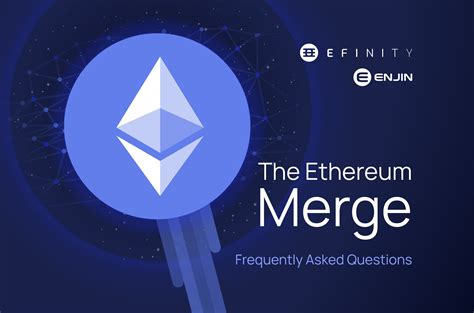Ethereum: Understanding the difference between mining with more workers against singles

The world of cryptocurrency mining has evolved significantly over the years, with two common approaches used to optimize mining efficiency: mining with single worker and multi-work mining. While both methods have their advantages and disadvantages, understanding the differences between them can help you make informed decisions on which approach is the best for mining configuration.
MINING A Singleworker
In single -working mining, a single CPU (central processing unit) or GPU is used to extract cryptocurrencies such as Bitcoin, Ethereum and others. This method requires significant computational power, but also provides the highest reward of the block possible per hour. The advantages of single worker mining include:
* High block awards : with more workers, you can extract more blocks in a certain period of time, resulting in higher overall earnings.
* easier to optimize : single workers are generally easier to monitor and optimize, as only one unit of computational power is used.
* Less expensive : the cost for blocking extracted with single work extraction is generally lower than multi-voucorator mining.
However, single worker mining is also provided with some disadvantages:
* Limited scalability : As increased by the number of miners, energy consumption grows exponentially. This can lead to an increase in electricity bills and environmental concerns.
* Limited profit margins : with higher costs for extracted block, it may be more difficult to obtain constant profitability in single worker mining.
Multi-laventor mining
On the contrary, multi-work mining uses more CPU or GPU connected together (for example, in a cluster) to extract cryptocurrencies. This approach allows greater computational power and better efficiency. The advantages of multi-work mining include:
* Scalability
: by distributing the workload on multiple workers, it is possible to increase the production of mining while reducing energy consumption.
* Improvement of profitability : with more miners who work together, it is easier to obtain constant profitability in a certain period of time.
* Reduction of electricity costs : Since each worker is less expensive and consumes less resources, multi-work mining can help reduce overall electricity bills.
However, multi-work mining also has some challenges:
* higher initial cost : Building a cluster of multiple workers requires significant investments in hardware and infrastructure.
* Setup more complex : multi-work mining often requires more advanced network protocols and software configurations to ensure regular functioning.
* Increase in complexity : management of a large -scale cluster can be overwhelming, especially for beginners.
Specific considerations for Ethereum
When it comes to Ethereum Mining, the difference between single and multi-work mining becomes even more pronounced. The consent algorithm of Ethereum Proof-Of-Stake (POS), which requires minimal computational power, makes mining single work a practicable option. In fact, some Ethereum extraction pools have already adopted single worker mining as a primary approach.
However, for those who want to extract Ethereum using the POS protocol, multi-work mining is still an excellent choice. This is because Ethereum energy consumption for extracted block has significantly decreased over time, making it more feasible to obtain constant profitability with more workers.
Conclusion
In conclusion, the choice between single and multi-work mining depends on your specific needs and objectives as a cryptocurrency miner. While both approaches have their advantages and disadvantages, understanding the differences between them can help you make informed decisions on which method is best for the mining configuration.